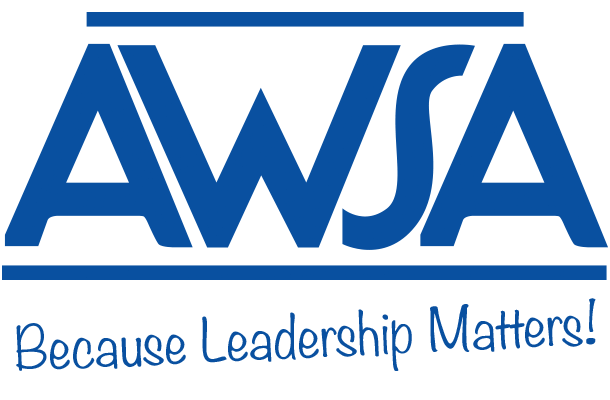Strategies for Communicating, Gaining Support, and Advancing InitiativesBy Joe Donovan, The Donovan Group Since the start of the COVID-19 pandemic, I have used the term turbulence to describe all the challenges that school and district leaders face. This includes all things related to COVID, the politics of the day, and matters big and small that AWSA members face. I recall speaking with a principal in 2020 who said, "I am so busy managing the new day-to-day challenges that I am struggling to move on the big initiatives that, when implemented, will positively impact student learning." This is something we can all appreciate. So, how can we advance significant initiatives when there is so much day-to-day turbulence? As someone who has been involved in school and district communication for the last two decades, I see effective and ongoing communication as critical difference-makers between those who move forward on initiatives and those who do not. Here is what I have learned over the years. Recognize the need to move forward. As school and district leaders know well, the need for our students to gain more knowledge and skills to do well in tomorrow's world will only increase. With this in mind, not moving forward means moving behind. Said one school leader I spoke with recently about moving forward with a change initiative, "while no time is an ideal time, we can't wait to improve." Focus on needs and outcomes. As we know, school staff and community members can often be resistant to change. Therefore, of the items noted above, it is necessary to lean into the need for change. This does not mean you need to disparage your current situation. But instead, you can speak to the need to continuously improve. Then, after you have articulated the need, compare your current situation and the expected outcomes of the change. For example, if you were focused on implementing a new reading program, you might say, "over the years, we have seen reading proficiencies at the elementary school improve at rates that are lower than we expected. So, after a great deal of research, we are moving forward with a new reading program that we will implement in the 2023-24 school year that we believe will improve reading proficiency at the elementary level." Remember to also include what challenges can be expected as this change is made. Most often, challenges related to school and district-level change are related to timing and communication. You can acknowledge both. For this, you might add, "Change is never easy, but we will work hard to roll out this new reading program over a full year, allowing lots of time for our teachers to get up to speed on the new program and providing many opportunities for parents and teachers to ask questions along the way." Understand the needs of others. For all groups, FAQs or frequently asked questions documents are often an extremely valuable tool. Simply anticipate the questions that stakeholders may ask and answer the questions as directly as possible. Celebrate small wins and acknowledge setbacks. As we have said so many times over the years, we in education face a great deal of turbulence. During these times, moving forward with good and thoughtful change efforts seems impossible. During times like these, put more time into your communications. Doing so will make your change efforts much more successful. |
